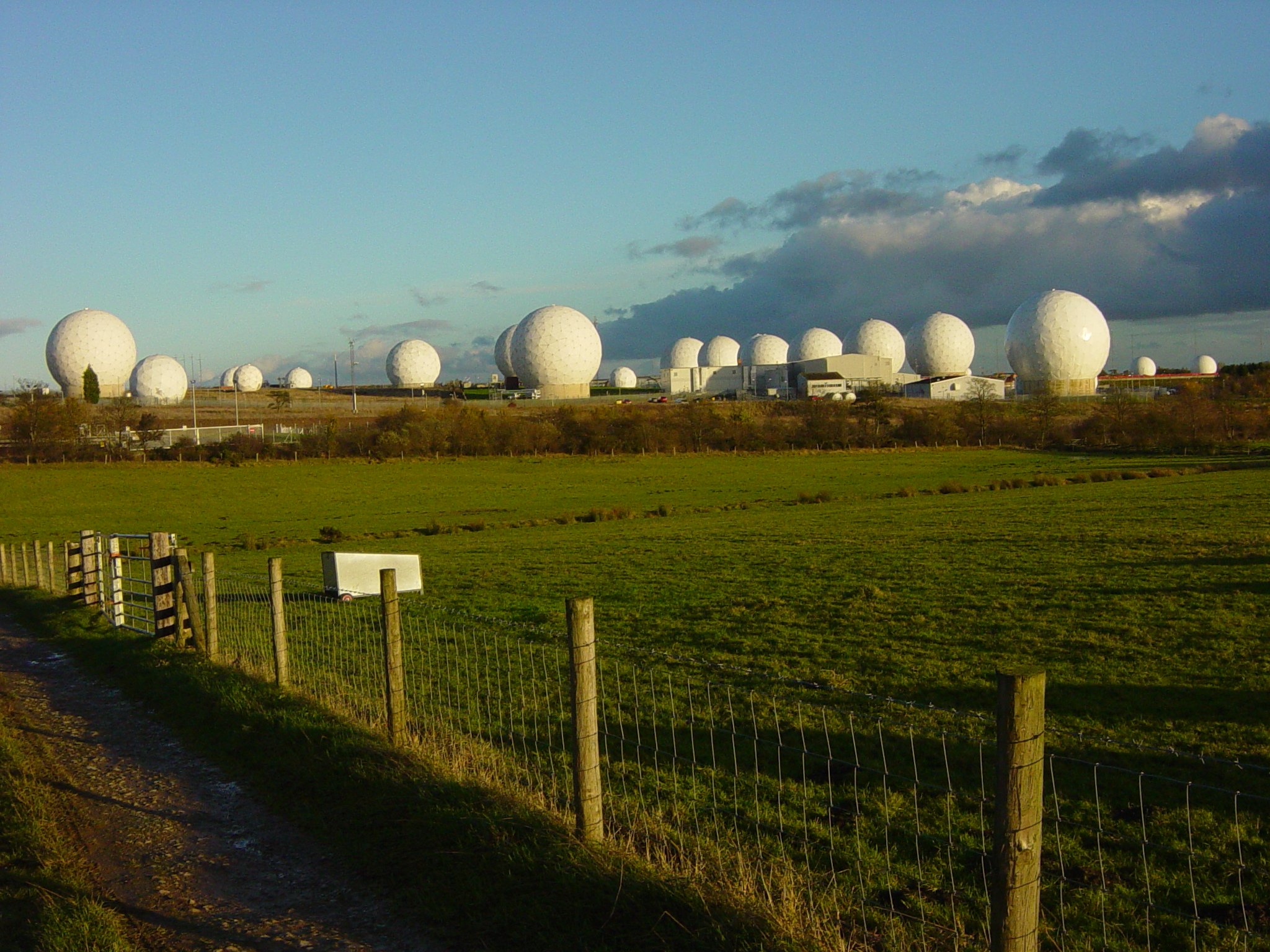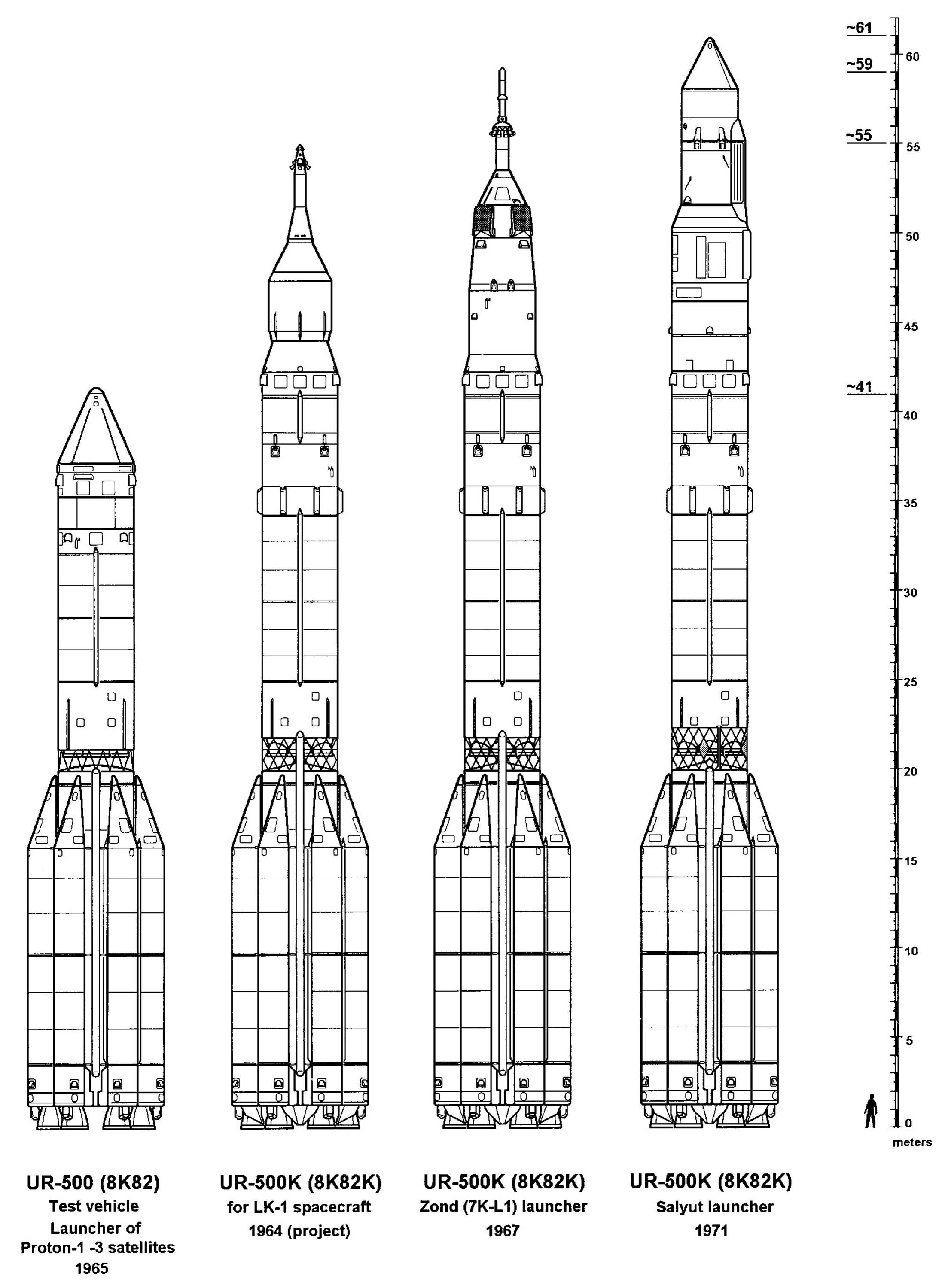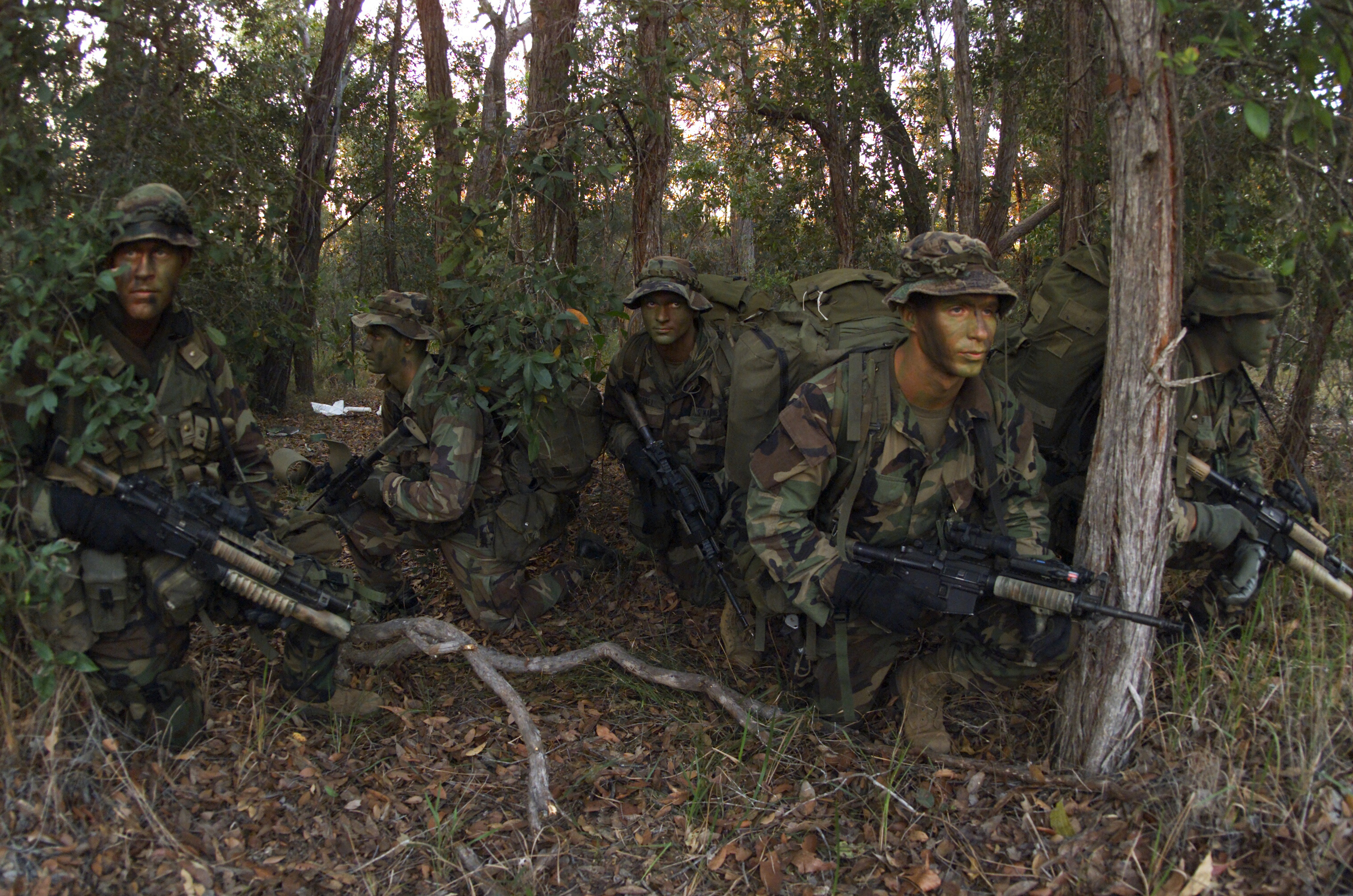|
Tselina-O
Tselina () were a series of military SIGINT satellites originally developed in the former Soviet Union and used in the past Russian military. These satellites could pinpoint the exact location of objects emitting radio signals. They could even identify the type of emitter, its operational modes, and its activity level. This function proved valuable for detecting potential military operations by monitoring increased radio communication activity. By providing early warning of such activity, Tselina offered valuable intel that might not have been obtainable through other means. Variants Initially divided into "Overview" (Tselina-O) and "Detailed" (Tselina-D), since about 1980 the system has been integrated into a single satellite, Tselina-P, which is also known as Tselina-2. The system's primary subject was enemy's radar equipment. Tselina had been numbered as part of the Kosmos series. In total 130 Tselina satellites were launched. * Tselina-O satellites were launched using K ... [...More Info...] [...Related Items...] OR: [Wikipedia] [Google] [Baidu] |
SIGINT
Signals intelligence (SIGINT) is the act and field of intelligence-gathering by interception of ''signals'', whether communications between people (communications intelligence—abbreviated to COMINT) or from electronic signals not directly used in communication (electronic intelligence—abbreviated to ELINT). As classified and sensitive information is usually encrypted, signals intelligence may necessarily involve cryptanalysis (to decipher the messages). Traffic analysis—the study of who is signaling to whom and in what quantity—is also used to integrate information, and it may complement cryptanalysis. History Origins Electronic interceptions appeared as early as 1900, during the Boer War of 1899–1902. The British Royal Navy had installed wireless sets produced by Marconi on board their ships in the late 1890s, and the British Army used some limited wireless signalling. The Boers captured some wireless sets and used them to make vital transmissions. Since the Bri ... [...More Info...] [...Related Items...] OR: [Wikipedia] [Google] [Baidu] |
Kosmos (satellite)
Kosmos (, , meaning ) is a designation given to many satellites operated by the Soviet Union and subsequently Russia. Kosmos 1, the first spacecraft to be given a Kosmos designation, was launched on 16 March 1962. History The first Soviet satellites orbiting Earth were named Sputnik (spacecraft designation), Sputnik, Polyot (starting in 1963), Elektron (satellite program), Elektron (in 1964), Proton (satellite program), Proton (in 1965), and Molniya (satellite), Molniya (in 1965), but most have been called Kosmos since Kosmos 1 on 16 March 1962. The program has included uncrewed tests of crewed spacecraft and satellites for scientific research and military purposes. , 2548 Kosmos satellites have been launched. The spacecraft do not form a single programme, but instead consist of almost all Soviet and Russian military satellites, as well as a number of scientific satellites, and spacecraft which failed during or immediately after launch, but still reached orbit. Most Soviet and ... [...More Info...] [...Related Items...] OR: [Wikipedia] [Google] [Baidu] |
Kosmos-3M
The Kosmos-3M ( meaning "''Cosmos''", GRAU index 11K65M) was a Russian space launch vehicle, member of the Kosmos (rocket family), Kosmos rocket family. It was a liquid-fueled two-stage launch vehicle, first launched in 1967 and with over 420 successful launches to its name. The Kosmos-3M used Unsymmetrical dimethylhydrazine, UDMH fuel and Red fuming nitric acid, AK27I oxidizer (red fuming nitric acid) to lift roughly of payload into orbit. It differed from the earlier Kosmos-3 in its finer control of the second-stage burn, allowing operators to tune the thrust and even channel it through nozzles that helped orient the rocket for the launching of multiple satellites at one time. Production Corporation Polyot, PO Polyot manufactured these launch vehicles in the Russian city of Omsk for decades. It was originally scheduled to be retired from service in 2011; however, in April 2010 the Commander of the Russian Space Forces confirmed that it would be retired by the end of 2010. On ... [...More Info...] [...Related Items...] OR: [Wikipedia] [Google] [Baidu] |
Vostok-2M
The Vostok-2M (), GRAU index: 8A92M was an expendable launch system, expendable launch vehicle, carrier rocket used by the Soviet Union between 1964 and 1991. Ninety-three were launched, of which one failed. Another was destroyed before launch. It was originally built as a specialised version of the earlier Vostok-2 (rocket), Vostok-2, for injecting lighter payloads into higher Sun-synchronous orbits. It was a member of the R-7 (rocket family), R-7 family of rockets, and the last Vostok (rocket), Vostok. The Vostok-2M was similar to the Vostok-2 booster but the adapter portion of the Blok E stage remained attached to the payload and the guidance system was modified specially to assist in putting payloads in sun-synchronous orbits. Vehicles flown in 1967 and later used the 8D74M engines or the 11D511 in 1973 and later. The Vostok-2M made its maiden flight on 28 August 1964 from Baikonur Cosmodrome Site 31, Site 31/6 at the Baikonur Cosmodrome, successfully placing Kosmos 44, a Met ... [...More Info...] [...Related Items...] OR: [Wikipedia] [Google] [Baidu] |
Tsyklon-3
The Tsyklon-3, also known as Tsiklon-3 and Cyclone-3 (known as SL-14 by the United States DoD), GRAU index 11K68, was a Soviet, and subsequently Ukrainian orbital carrier rocket. Overview Tsyklon-3 launching a Meteor-3 satellite at left A derivative of the R-36 ICBM, and a member of the Tsyklon family, Tsyklon-3 made its maiden flight on 24 June 1977, and was retired on 30 January 2009. The Ukrainian-built Tsyklon rockets were retired in favour of future all-Russian carrier rockets, such as the Angara, and because they were fuelled by toxic hypergolic propellants. Successor Ukraine was developing a commercial derivative of the Tsyklon-3, the Tsyklon-4. The development of Tsyklon-4 ended in 2015 after Ukraine's development partner Brazil pulled out of the project. Tsyklon-4 never made it to launch pad. Another successor to the Tsyklon rockets, Cyclone-4M (based on Tsyklon-4 designs), is under development as of 2021 for use in the commercial market. Debris 2013 lo ... [...More Info...] [...Related Items...] OR: [Wikipedia] [Google] [Baidu] |
Zenit-2
The Zenit-2 was a Ukrainian, previously Soviet, expendable carrier rocket. First flown in 1985, it has been launched 37 times, with 6 failures. It is a member of the Zenit family of rockets and was designed by the Yuzhmash. History With 13–15 ton payload in LEO, it was intended as up-middle-class launcher greater than 7-ton-payload middle Soyuz and smaller than 20-ton-payload heavy Proton. Zenit-2 would be certified for crewed launches and placed in specially built launch pad at Baykonur spaceport, carrying the new crewed partially reusable Zarya spacecraft that developed in end of the 1980s but was cancelled. Also in the 1980s Vladimir Chelomey's firm proposed the never realised 15-ton Uragan spaceplane, which would have been launched by Zenit-2. A modified version, the Zenit-2S, is used as the first two stages of the Sea Launch Zenit-3SL rocket. Launches of Zenit-2 rockets are conducted from Baikonur Cosmodrome Site 45/1. A second pad, 45/2, was also constructed, bu ... [...More Info...] [...Related Items...] OR: [Wikipedia] [Google] [Baidu] |
Proton-K
The Proton-K, also designated Proton 8K82K after its GRAU index or SL-12 after its model number, was a Russian, previously Soviet, carrier rocket derived from the earlier Proton. It was built by Khrunichev, and launched from sites 81/23, 81/24, 200/39 and 200/40 at the Baikonur Cosmodrome in Kazakhstan. The maiden flight on 10 March 1967 carried a Soyuz 7K-L1 as part of the Zond program. During the so-called Moon Race these Proton/Soyuz/Zond flights consisted of several uncrewed test flights of Soyuz spacecraft to highly elliptical or circumlunar orbits with the unrealized aim of landing Soviet cosmonauts on the Moon. It was retired from service in favour of the modernised Proton-M, making its 310th and final launch on 30 March 2012. Vehicle description The baseline Proton-K was a three-stage rocket. Thirty were launched in this configuration, with payloads including all of the Soviet Union's ''Salyut'' space stations, all Mir modules with the exception of t ... [...More Info...] [...Related Items...] OR: [Wikipedia] [Google] [Baidu] |
Blok D
Blok D () is an upper stage used on Soviet and later Russian expendable launch systems, including the N1, Proton-K and Zenit. The stage (and its derivatives) has been included in more than 320 launched rockets . By 2002 its modification Blok DM had a 97% success rate in 218 flights since 1974, and 43 successful missions in 1997–2002. The stage was developed in the 1960s as the fifth stage (' Д' is the fifth letter in the Cyrillic alphabet) for the powerful N1 rocket used in the Soviet crewed lunar programs. The stage first flew in March 1967 while testing the Zond spacecraft as a part of those programs. During crewed lunar flight Blok D would be used for mid-course corrections on the flight to the Moon, then to place the lunar orbiter and lander into a lunar orbit, and decelerate moon-lander out onto its landing trajectory. Blok D was also included as fourth stage of Proton-K and as such flew on uncrewed Soviet missions to Moon, Mars (Mars 3) and Venus. It was used ... [...More Info...] [...Related Items...] OR: [Wikipedia] [Google] [Baidu] |
Zenit-2M
The Zenit-2M, Zenit-2SB, Zenit-2SLB or Zenit-2FG was a Ukrainian expendable carrier rocket derived from the Zenit-3SL. It was a member of the Zenit family of rockets, which were designed by the Yuzhmash. Development The Zenit 2M was a modernised version of the Zenit-2, incorporating modifications and upgrades made to the design for the Sea Launch programme. Launches of Zenit-2M rockets were conducted from Baikonur Cosmodrome Site 45/1. Commercial launches are conducted by Land Launch, and use the designation 2SLB, however as of 2011, no commercial launches have been ordered and no launch of 2SLB has taken place as of 2023. Launches conducted by Roskosmos or the Russian Space Forces use the designation 2M. The designation 2SB can also be applied to the rocket when it is being used as part of a larger vehicle, such as the Zenit-3SLB. The first launch of a Zenit-2M occurred on 29 June 2007, carrying the last Tselina-2 ELINT satellite for the Russian Space Forces, T ... [...More Info...] [...Related Items...] OR: [Wikipedia] [Google] [Baidu] |
Reconnaissance Satellites Of The Soviet Union
In military operations, military reconnaissance () or scouting is the exploration of an area by military forces to obtain information about enemy forces, the terrain, and civil activities in the area of operations. In military jargon, reconnaissance is abbreviated to ''recce'' (in British, Canadian, Australian English) and to ''recon'' (in American English), both derived from the root word ''reconnoitre'' / ''reconnoitering''. The types of reconnaissance include patrolling the local area of operations and long-range reconnaissance patrols, which are tasks usually realized in the United States of America by U.S. Army Rangers, cavalry scouts, and military intelligence specialists, using navy ships and submarines, reconnaissance aircraft, satellites to collect raw intelligence; and establishing observation posts. Moreover, espionage is different from reconnaissance, because spies work as civilians in enemy territory. Etymology The word is derived from the Middle French word ''re ... [...More Info...] [...Related Items...] OR: [Wikipedia] [Google] [Baidu] |
Signals Intelligence Satellites
A signal is both the process and the result of transmission of data over some media accomplished by embedding some variation. Signals are important in multiple subject fields including signal processing, information theory and biology. In signal processing, a signal is a function that conveys information about a phenomenon. Any quantity that can vary over space or time can be used as a signal to share messages between observers. The '' IEEE Transactions on Signal Processing'' includes audio, video, speech, image, sonar, and radar as examples of signals. A signal may also be defined as observable change in a quantity over space or time (a time series), even if it does not carry information. In nature, signals can be actions done by an organism to alert other organisms, ranging from the release of plant chemicals to warn nearby plants of a predator, to sounds or motions made by animals to alert other animals of food. Signaling occurs in all organisms even at cellular levels, ... [...More Info...] [...Related Items...] OR: [Wikipedia] [Google] [Baidu] |



